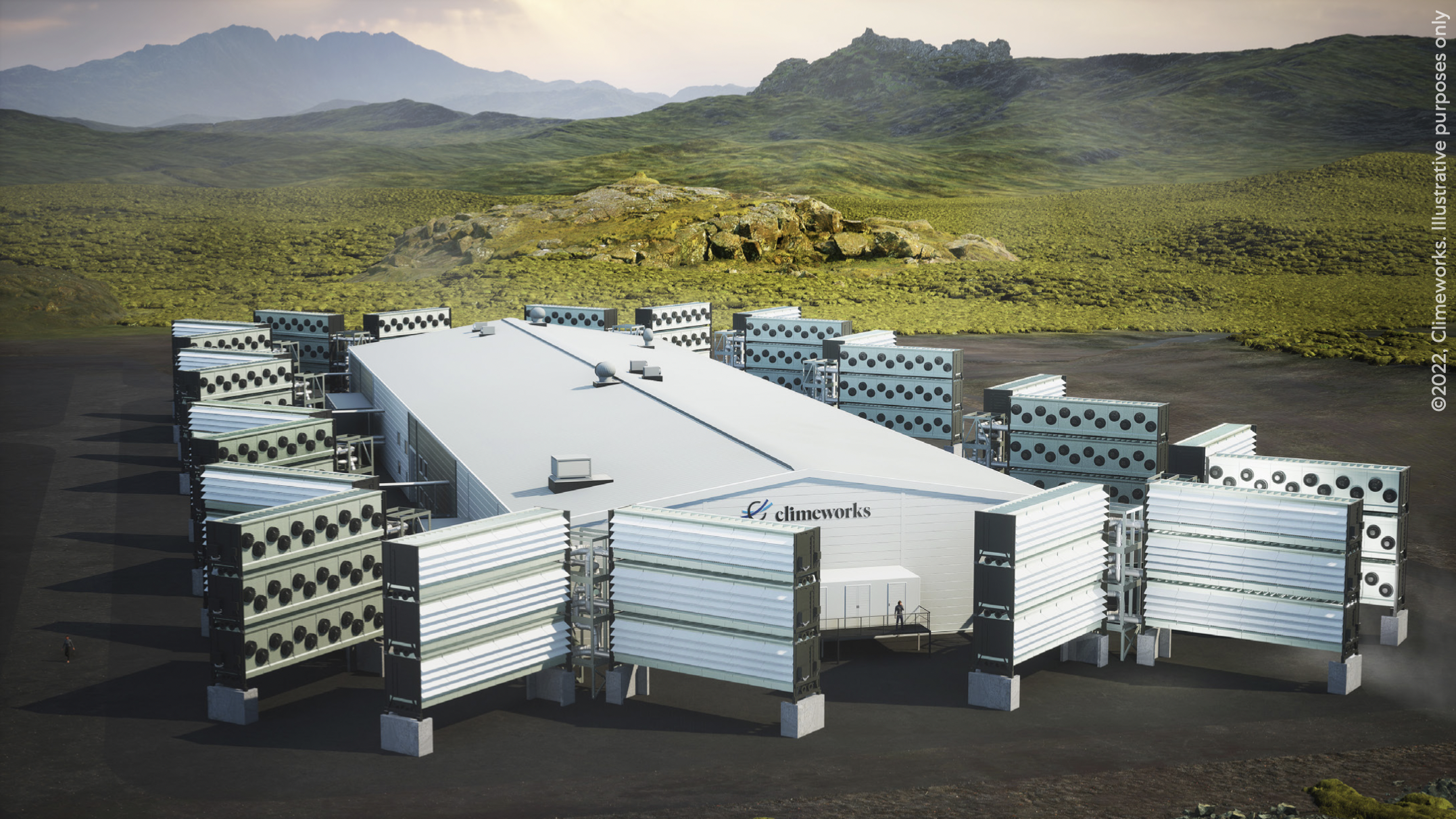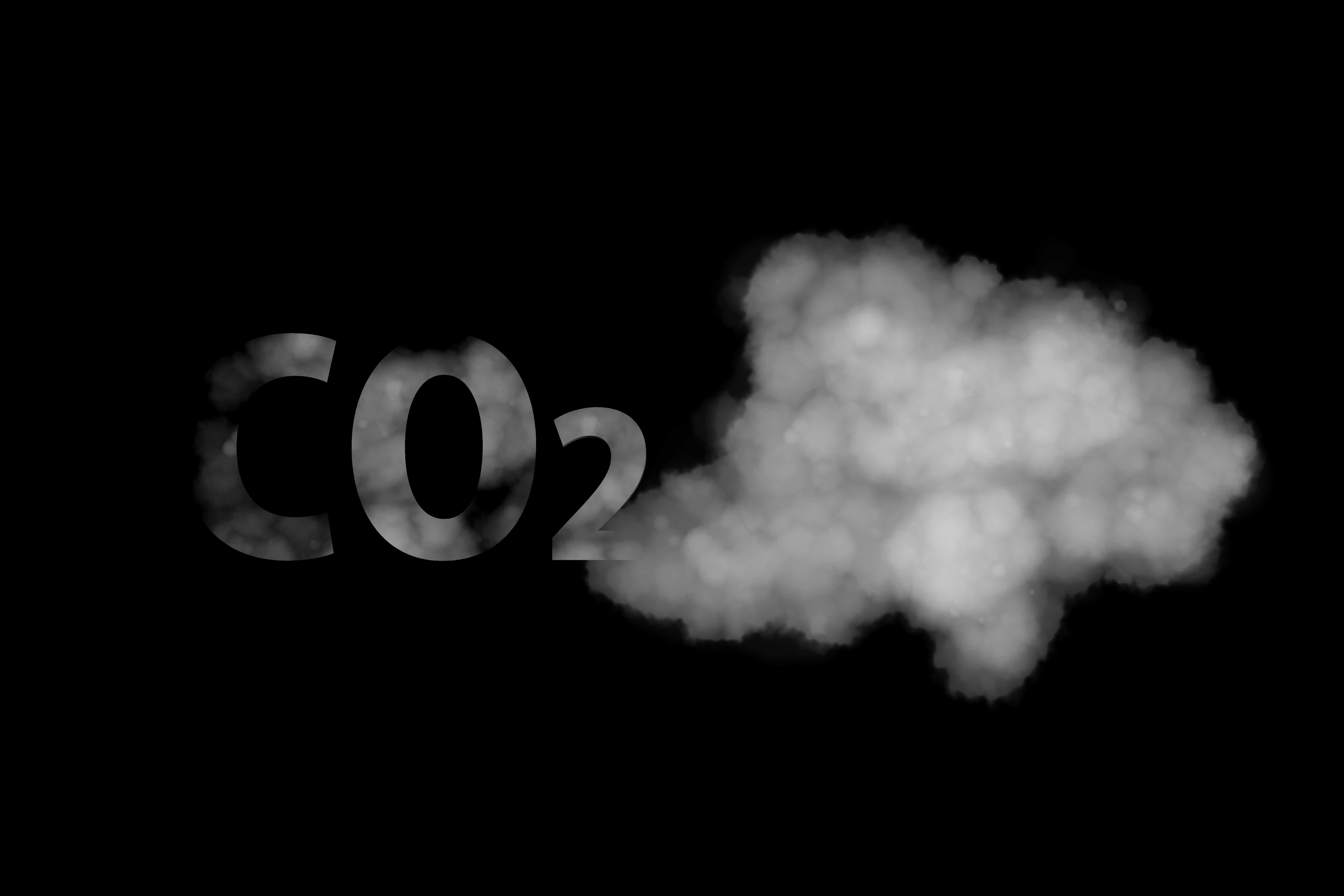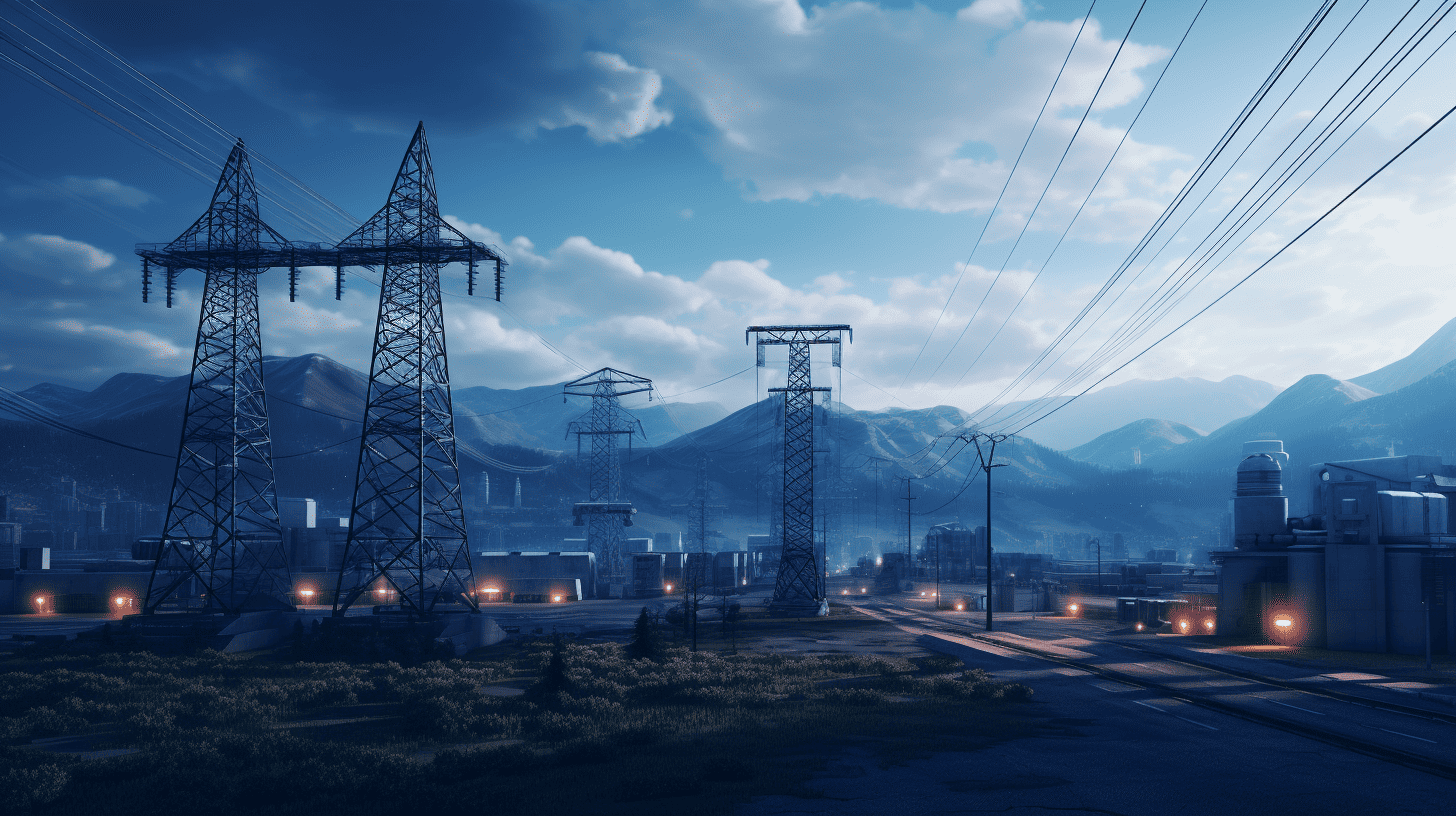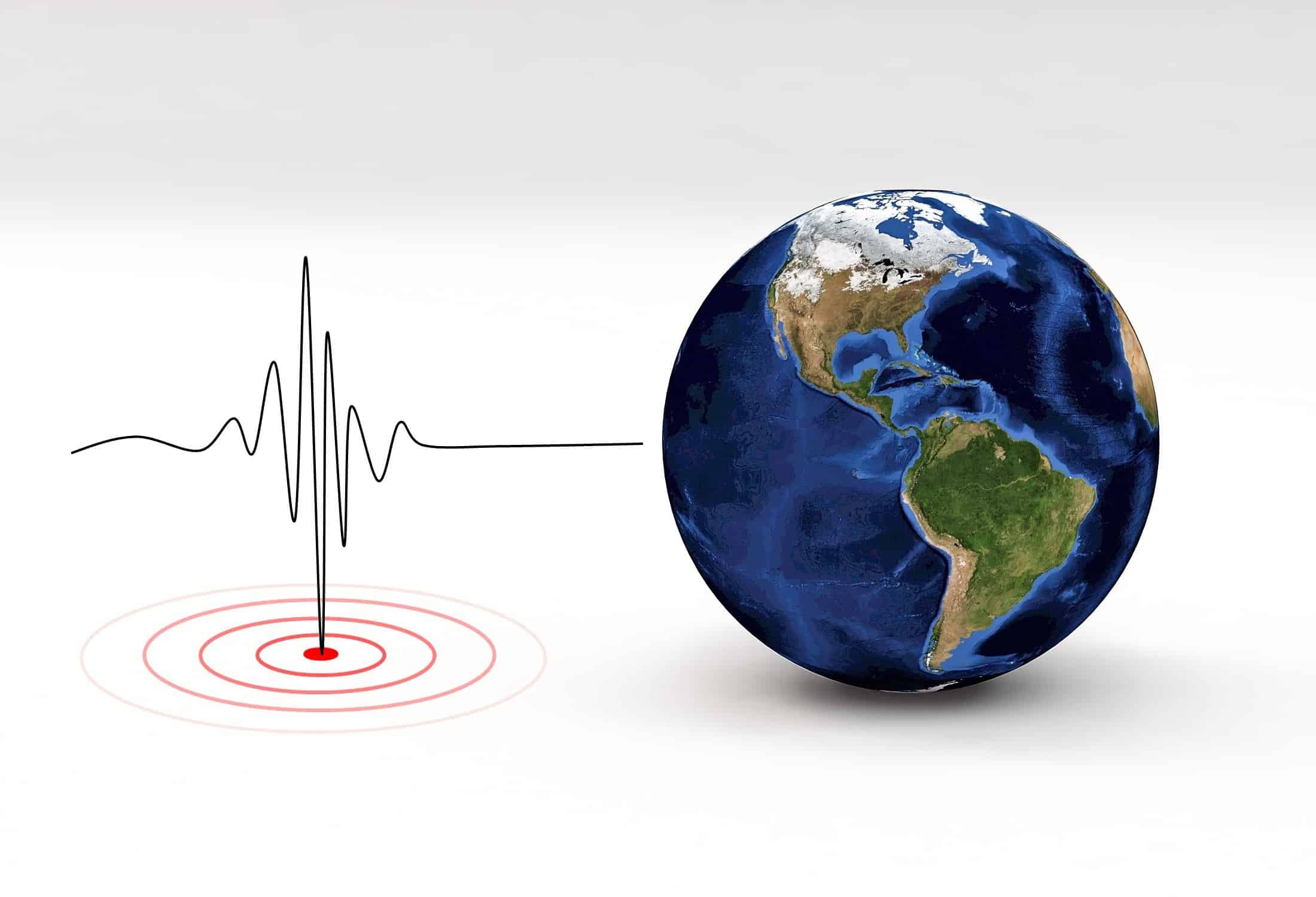
It’s all about capturing CO2 from the air, and the ambition is to deliver gigaton capacity in 2050. The second step toward that goal has just been taken: after opening Orca last year, Climeworks has started building Mammoth. This direct air capture and storage facility is Climeworks’ 18th project and its second commercial plant. It is designed with a nominal CO2 capture capacity of 36,000 tons per year when fully operational. Located in Iceland, like Orca, construction is expected to last two years before operations start.
Carbfix, Climeworks’ CO2 storage partner, will provide the permanent underground storage of carbon dioxide. The Hellisheiði electricity power plant operated by ON Power will supply Climeworks’ Mammoth plant with renewable energy to run the process.
Climeworks recently raised 650 million dollars, which enables the company to build this successor of Orca, its first-of-a-kind plant, which has been operational since 2021. Founded by two Swiss mechanical engineers who studied direct air capture at ETH Zurich, Climeworks has developed a modular system. The collectors, each the size of a small car, can be stacked in any number of configurations to create a plant of any size that extracts CO2 from ambient air.

“With Mammoth, we can leverage our ability to quickly multiply our modular technology and significantly scale our operations,” says Jan Wurzbacher, co-founder and co-CEO of Climeworks. “We are building the foundation for a gigaton-scale capacity, and we are starting deployment now to remain on track for this.” His co-founder and co-CEO Christoph Gebald added that “nobody has ever built what we are building; the surest way to be successful is to run the technology in the real world as fast as possible. Our fast deployment cycles will enable us to have the most robust operations at a multi-megaton scale.”
The energy transition in mobility is a mega-project
Carlo van de Weijer shared his optimism about Climeworks in a column last year, right after the start of Orca, “Capture carbon to stay mobile“:

Recently, Switzerland’s Climeworks opened the world’s largest carbon capture facility to date in Iceland. A setup the size of three shipping containers, it extracts 4,000 tons of CO2 per year from the air. That’s a drop in the bucket; we would need to make over a hundred thousand of these kinds of installations, even after the expected improvements in CO2capturing technology, for air and shipping alone. These are overwhelming numbers, but that does not make it impossible. For example, a billion new cars will be built in the next ten years, so why couldn’t we build a hundred thousand carbon capture plants? Similarly, the thousands of fuel plants needed for all those synthetic fuels are not much different in volume from the massive amount of refineries we built in the fossil era. The trillions needed can quite easily be recouped, especially if we finally start charging a fair carbon price on fossil fuel. Last week, that price broke through the $75-per-tonne barrier, converted to 25 cents per liter of fuel, and it will surely continue to rise. The energy transition in mobility is a mega-project, but it is possible. It will also soon be economically viable, and then things can go fast.
Carlo van de Weijer
Removing carbon
Climeworks aims to reverse climate change by permanently removing carbon dioxide from the air. The air-captured carbon dioxide is either stored inside the earth or is upcycled into climate-friendly products such as carbon-neutral fuels and materials. The technology runs on clean energy, and the modular CO2 collectors can be stacked to build machines of any size.










